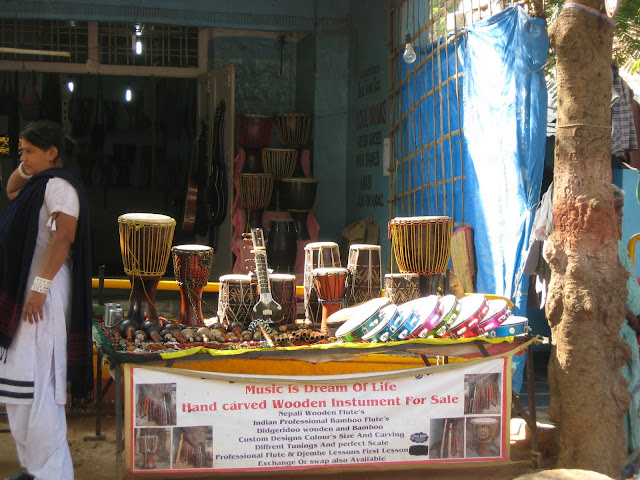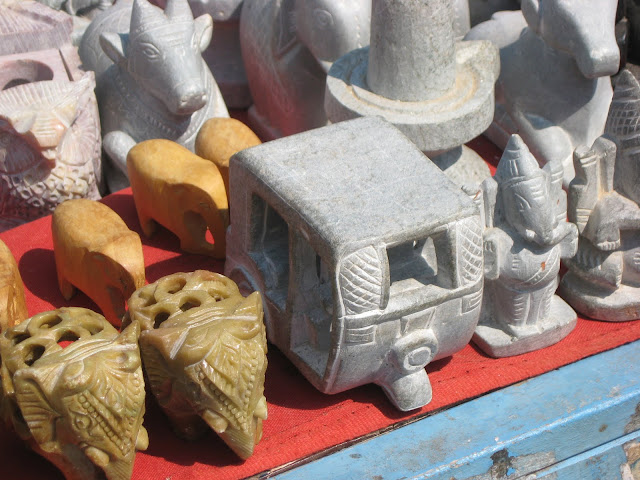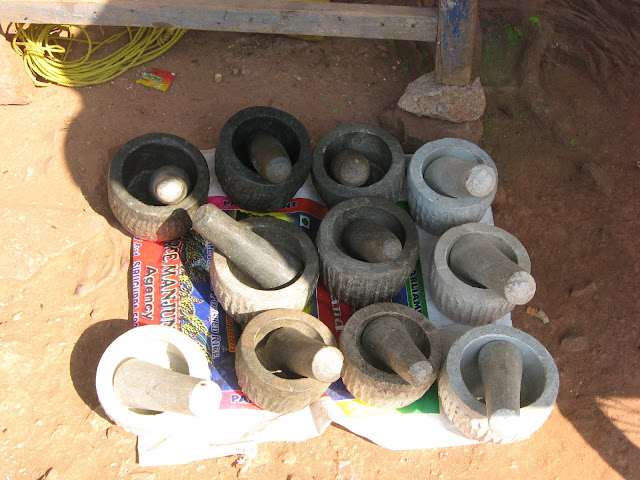Memory is unpredictable . One never really knows what we will remember and what we will forget. Which is why nostalgia arrives in unpredictable waves, highlighting something and skimming over others. Recently, I have found myself thinking of how memory works, as I was assailed by nostalgia over a trip to Varanasi, a city I prefer to think of, as Kashi. The nostalgia hit right as we landed at Varanasi airport. The last time I was here, it was 1988, I was 13 years old, the airport was brand new… regular flights hadn’t started yet (I think) … flights landed about once a week, and for the rest of the time, everything was open to those of us who lived in the airport quarters nearby. There were fields everywhere, vast expanses of green… I have vague memories of corn and sugarcane… and being overwhelmed by the vastness of the fields (this was the first time I was in such close proximity to them), and the warm hospitality of complete strangers who lived and worked amidst these fields. I h...
Hampi was well known for its bazaars in the days gone by, when merchants from all over the world collected here to show off their wares. From gold and diamonds to horses and cows, the markets boasted of a variety which impressed even visitors from foreign shores! These marketplaces weren’t like our roadside shops, but well planned and well laid out areas, paved with stones, with residences for the merchants as well stables for their mounts! Nothing much remains of these bazaars except the pathways and the water tanks which mark their boundaries. Today, the name ‘Hampi Bazaar’ signifies a row of shops outside the Virupaksha temple, selling the sort of stuff which appeals to tourists…..
Like these dolls made of clay…..
Figures of the Gods and replicas of the Hampi ruins made in stone…
A closer look….
We loved this autorickshaw….
And especially this one of Krishna stealing milk from a cow….
There were a few useful stone products…
Garlands of beads….. and stones of course…
But did we buy any? No! they were terribly expensive….. and targeted at the foreign tourists. The shopkeepers didn’t even pay us Indians much attention, because they knew we wouldn’t shell out so much for these things! And when I asked one of them if she or her family had made these, she stared at me as if I was mad, and replied, “They come from a factory somewhere! Nobody here makes these things anymore!”
This post is part of the Lonely Planet Blogsherpa Travel Carnival - The Marketplace - hosted by Kiran Keswani of Indian Bazaars.
Related articles
- Hampi Part 1 - A Short Visit to Daroji Bear Sanctuary
- Hampi Part 2 - Stones do Speak - A Photo feature
- Hampi Part 3 - A Short History of the Vijayanagara Empire
- Hampi Part 4 - The Virupaksha Temple
- Hampi Part 5 - The Hampi Bazaar
- Hampi Part 6 - Krishna Temple
- Hampi Part 7 - Vitthala Temple
- Hampi Part 8 - Narasimha and Badavalinga
- Hampi Part 9 - Hazara Rama Temple
- Hampi Part 10 - The Royal Enclosure
- Hampi Part 11 - Zenana Enclosure and Elephant Stables










Hey nice write up. We have missed many place in Hampi & Anegundi coz of Lack of time. Felt good to read about them through ur blogs... My Hampi Blog...
ReplyDeletehttp://relivingmyfavouritemoments.blogspot.com/2012/01/hampi-part-1-hemakuta-hillshampi-bazzar.html
Actuall al vil post the monumnts of hampi. But u posted the market n how d ppl wil be.. Ya i really liked ur blog.
ReplyDeleteSir/Madam, me also created first weblog.
so follow this link :
http://basavaraj16291.blogspot.com
here you can see the most beautiful snap from World Heritage Site Hampi. So please visit to my Blog and Add your Expression through your Valuable COMMENTS.
Thank You.
Thanks Mr Basavaraj!
DeleteThe handicrafts looks amazing!
ReplyDelete